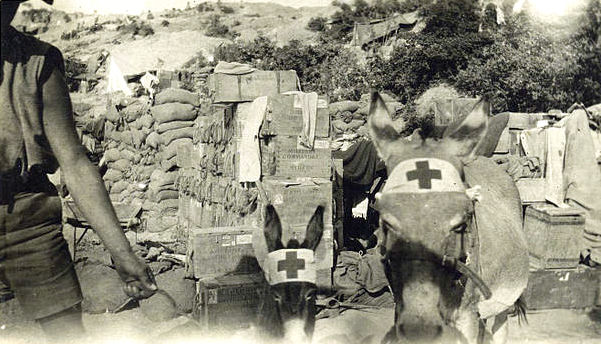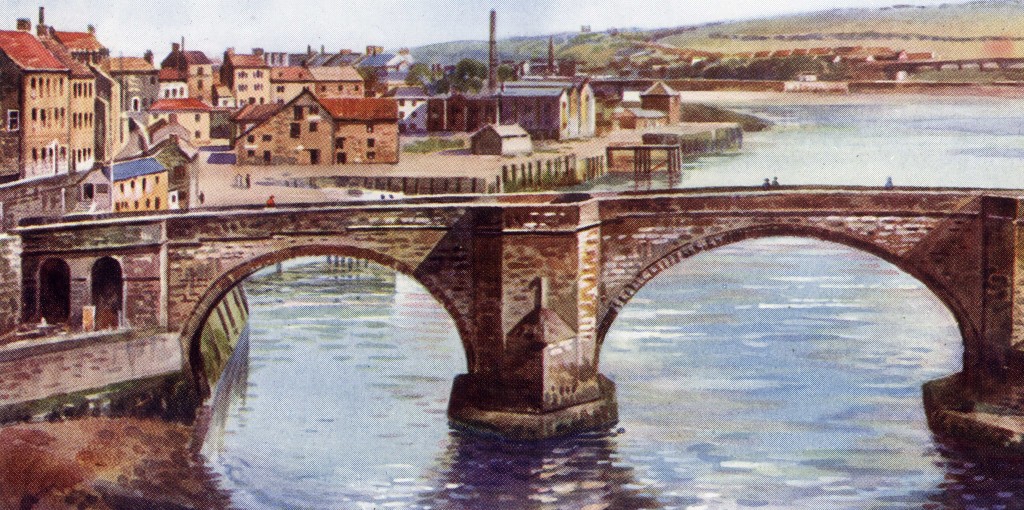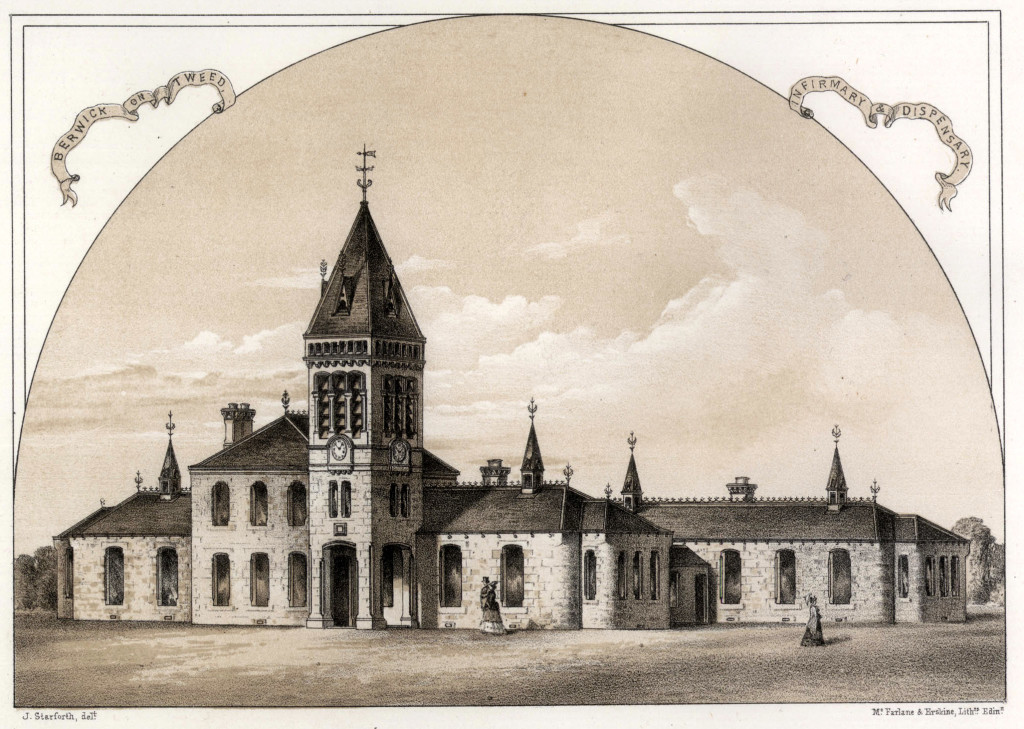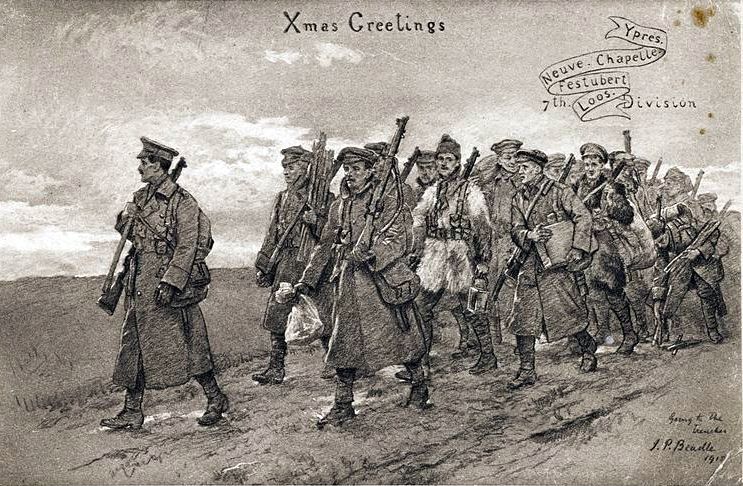BERWICK JOURNAL, 31ST JANUARY 1924
BERWICK TOWN COUNCIL
On Tuesday evening, after the Town Council meeting, Mr Ralph Skelly, aged 86, the oldest Freeman of the Borough, was presented privately with the gold-headed staff of office by the Mayor, in the presence of the Sheriff.
Mr Robertson, the esteemed and highly respected Sub-Postmaster at Horncliffe, is resigning after holding the post for a number of years. Mr Robertson is one of the oldest and best-known regular visitors to Berwick Market every Saturday.
Inquirer- The match between Celtic and Newcastle United was played in Berwick Cricket Field on March 13, 1902. The event was to celebrate the coming of age of the Rangers’ Club. Celtic won by 4 goals to 2.
Owing to scarcity of fish Holy Island fishermen have had to put in their creels and start crab and lobster fishing.
Messrs Jas. McDougle and Sons, Bamburgh, are appointed Berwick to Alnmouth Distributing Agents for Alladin Lamps.
Belford Hall is to be sold in March by Belford and District Farmers’ Auction Mart, Ltd., instructed by T. Place, Esq.
BERWICK CASTLE EXCAVATIONS
Following upon excavations at Water Tower, at river-side end of Western Flanking Wall of Berwick Castle, work has been proceeding at and near the Tower higher up, also on westside, which adjoins Western Wall before it begins to descend to Tweed. This Tower is the Buttress Tower, which was of great strength built probably about 1280, in Reign of Edward I., when Berwick Castle was made impregnable.
Excavations at Water Tower have laid bare solid foundations, the facing stones, of which the upper part of the Tower is destitute, being of fine quality. A fair amount of work has been done on the Buttress Tower, a narrow trench some 2 feet deep having been dug round the wall. Nothing, however, has as yet been disclosed except the important fact that the original facing stones are still intact below the surface of the ground. Work is proceeding and some more men may be detailed to Berwick from Norham.
TWEEDMOUTH NOTES
In conversation with a railwayman, a few days ago, I was told of one particular instance of how motor cars are nibbling at traffic over which the railway held a complete monopoly since the Wooler Branch opened up. Traffic in rabbits, eggs, and other farm produce, was collected at all stations, large 5-ton vans being on the passenger trains for the purpose of conveying these food stuffs to southern markets. Those days are gone. A fleet of large motors visit the farms daily and collect what formerly had to be carted to the sometimes far-off stations and placed in the vans provided. The cars take full loads to Newcastle, and return with empty hampers, etc., much time and unnecessary labour being saved by the motor service now firmly established. The railway company in consequence has lost a fruitful source of revenue by the innovation, for where they used to carry hundreds of hampers weekly at one time, they scarcely carry dozens now.
Tweedmouth Burns’ Club Supper was held in the headquarters, Union Hotel, on Thursday night, 24th Jan., a day before the actual anniversary, this being to accommodate some who had a wish to attend other Club suppers, which were to be held on the 25th. There was an attendance of 60 members and friends, the spacious upstairs room being comfortably seated. The hour for starting was 6pm and by that time the room was showing signs of animation, while the savoury aroma floating upstairs told that the host and hostess, together with their staff of assistants, were doing their share. It may be safely stated that Tweedmouth Burns Club is keeping up its fine reputation, and maintaining its high standard of intellectual efficiency, whereby the annual gatherings are made a success.
THE NEW BRIDGE: A PETITION
The Mayor announced that he had just received a petition regarding the proposed new bridge, and he was of the opinion that the Council should send it to the Bridge Committee for consideration.
Coun. Dickinson seconded the Mayor’s motion that the matter be sent to the Bridge Committee and this was agreed upon.
The petition read as follows:
To His Worship the Mayor and the Members of the Town Council of Berwick -upon-Tweed.
The owners of property in and adjacent to the main throughfares leading from the Old Bridge through Bridge Street and Hide Hill and those conducting business in that district have become greatly concerned regarding the position involved by the construction of a new bridge, and recent reports of the County and Local Authorities have not dispelled the uncertainty prevailing in their minds.
So far us can be ascertained from the two routes which are now engaging the attention of the Town Council, both of which emerge directly into High Street, no provision is made for direct access to Bridge Street or its vicinity. Unless, therefore, the Old Bridge continues to be an inlet and outlet of traffic, the immediate effect of carrying out such a proposal would be the isolation of a large and important part of the town frm a great volume of traffic, and, in the opinion of the parties concerned, have the following results:-
- A loss of business now on the main route in that area.
- The depreciation of the value of the property therein.
- An increase in the cost of haulage and transit.
In view of such opinions those who are commercially and financially interested or otherwise connected with the question of the new bridge, so far as the south eastern area of the town in concerned, are desirous that these matters shall receive adequate considerate.
Informal, but representative meetings have been held to consider the position, but, at the suggestion of his Worship the Mayor, the parties who thus met, readily acquiesced in the view that the immediate moment is perhaps inauspicious for laying the whole of the facts before the public at large.
At such a meeting held on the 18th January, 1924 the situation was reviewed and it was unanimously resolved as follows: –
“That urgent representation be immediately made to the Town Council when considering the route of the new bridge to give earnest consideration to the special and peculiar position of the southeastern area of the Town of Berwick, and to preserve, as far as possible its present trade facilities so as to mitigate any hardship which might be inflicted upon those connected with this area.” (signed,) J.W. Blench, Chairman. H.M. Young, Secretary.




















